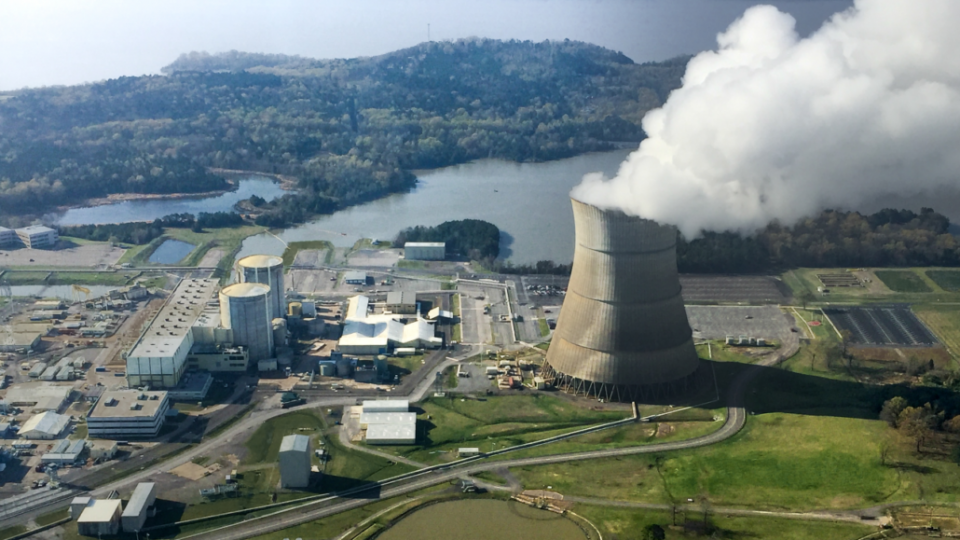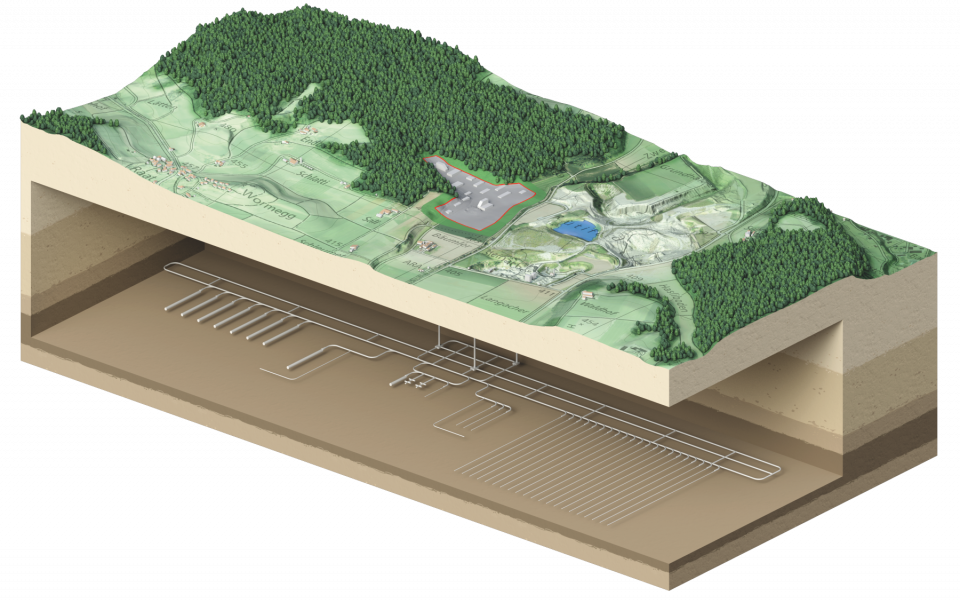NNSA issues final EIS for the disposal of surplus defense plutonium
The Department of Energy’s National Nuclear Security Administration hopes to dispose of up to 34 metric tons of surplus defense-related plutonium at the Waste Isolation Pilot Plant in New Mexico using a “dilute-and-dispose” strategy.










